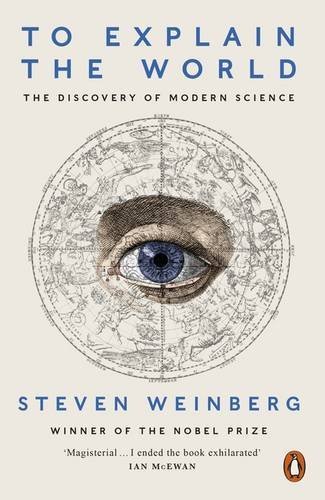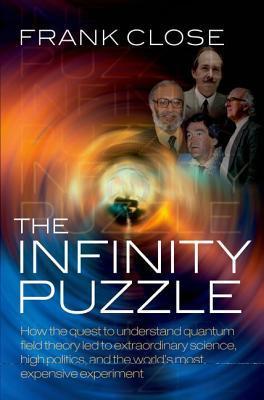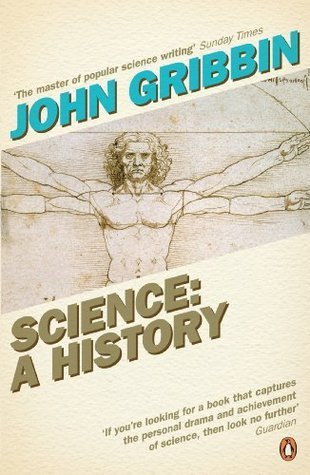
The Clockwork Universe: Isaac Newton, the Royal Society, and the Birth of the Modern World
Book Description
A world on the brink of chaos, where superstition battles enlightenment. In 'The Clockwork Universe,' Edward Dolnick takes you into the heart of 17th-century England, a time when Isaac Newton and the Royal Society ignited a revolution that would change humanity forever. The relentless pursuit of knowledge clashes with age-old beliefs, sparking a thrilling intellectual rebellion. As science unfolds its secrets, will reason triumph over ignorance? Witness the birth of the modern world, where the very fabric of reality is rewritten. Can curiosity conquer the darkness of the past, or will it unleash forces beyond imagination?
Quick Book Summary
Edward Dolnick's "The Clockwork Universe" plunges readers into the tumultuous intellectual landscape of 17th-century England, a time rife with plague, superstition, and the verge of scientific revolution. The book chronicles the rise of the Royal Society and the astonishing work of Isaac Newton and his contemporaries, who transformed humanity’s view of the cosmos. Dolnick depicts how early scientists—driven by a mix of religious fervor and rational curiosity—dared to challenge longstanding beliefs about nature and reality. Through vivid storytelling, the narrative reveals the tension between chaos and order, faith and reason, and ignorance and enlightenment, illustrating the birth of the modern world. The result is a masterful account of how scientific thinking brought clarity and hope to an uncertain age.
Summary of Key Ideas
Table of Contents
The Clash of Superstition and Enlightenment
The book opens with a depiction of 17th-century Europe gripped by uncertainty—a world threatened by disease, religious discord, and an overarching sense of chaos. People found comfort in superstition as much as in faith, while rational explanations for natural events remained elusive. Against this backdrop, Dolnick invites readers to witness the struggle between fading medieval worldviews and the emerging promise of reason and scientific inquiry.
The Formation and Impact of the Royal Society
In the midst of confusion and fear, a group of ambitious thinkers forms the Royal Society in London. This institution, made up of eccentrics, theologians, and tinkerers, becomes the crucible for scientific experimentation. United by a restless curiosity and a shared belief in observation and evidence, members such as Robert Hooke and Christopher Wren set about reimagining the natural world, fostering a culture of debate and skepticism that would prove fertile for innovation.
Isaac Newton’s Revolutionary Insights
At the heart of this intellectual upheaval is Isaac Newton, portrayed as both a solitary genius and a deeply religious, even superstitious, man. Newton’s mathematical brilliance enables him to decipher universal laws governing motion and gravity, culminating in his magnum opus, the Principia Mathematica. Dolnick details the rivalry between Newton and Leibniz, emphasizing how Newton’s synthesis of mathematics and observation redefined the universe as a clockwork machine, precise and intelligible.
Mathematics as a Universal Language
Mathematics emerges as the guiding force that brings order to apparent chaos. Previously perceived as abstract and even mystical, mathematics becomes the means by which the founders of modern science unlock patterns underlying everything from planetary orbits to falling apples. The numerical precision manifests in achievements like Newton’s calculus and Hooke’s studies of elasticity, bridging the gap between mystery and mechanism.
The Dawn of the Modern Scientific Era
In concluding, "The Clockwork Universe" demonstrates how this scientific awakening, born of both intellectual rigor and religious yearning, rewrote the fabric of reality. The book shows how the triumph of reason over superstition was neither inevitable nor smooth but fraught with resistance and uncertainty. By the end, the world emerges fundamentally changed—rational, ordered, and pregnant with the promise of discovery—paving the way for the continued advancement of science and the modern age.
Download This Summary
Get a free PDF of this summary instantly — no email required.





